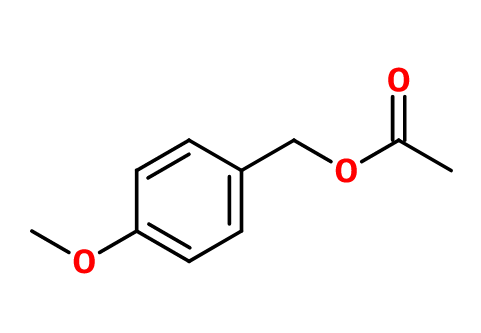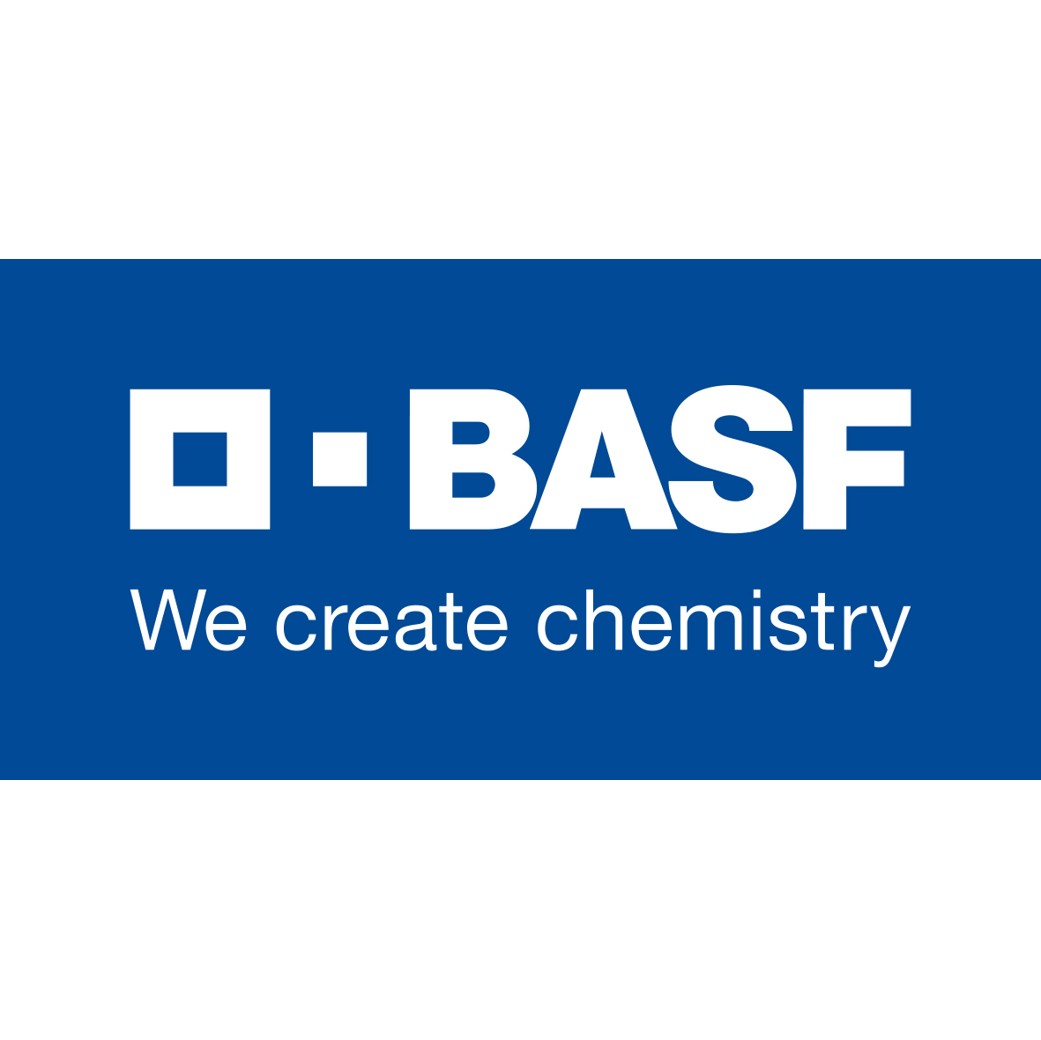
Photo credits: ScenTree SAS
| Company | Ingredient Name | ID | Comments | Naturality | Certifications | MOQ | Purity |
|---|---|---|---|---|---|---|---|
|
|
ANISYL ACETATE | - |
Visit website
|
- | 10 grs | - |
General Presentation
-
CAS N° :
104-21-2 -
EINECS number :
203-185-8 -
FEMA number :
2098 -
FLAVIS number :
09.019
-
JECFA number :
873 -
Volatility :
Base -
Price Range :
€€
Physico-chemical properties
-
Appearance :
Liquid -
Density :
1,116 -
Refractive Index @20°C :
1.515 - 1.518 -
Optical rotation :
Data not available. -
Vapor pressure :
0.020 mmHg @25°C -
Flash Point :
118°C (244,4°F)
-
Molecular formula :
C10H12O3 -
Molecular Weight :
180,2 g/mol -
Log P :
1,9 -
Fusion Point :
Donnée indisponible. -
Boiling Point :
270°C (518°F) -
Detection Threshold :
47,257 ng/l air
Chemistry & Uses
Uses in perfumery :
Anisyl acetate is widely used for perfuming cosmetics, for white floral and red fruity notes, for almond, cherry and mimosa notes.
Year of discovery :
Data not available.
Natural availability :
Anisyl acetate is present in several red fruits and in sweet acacia, from which it can be extracted in its natural state. However, synthetic Anisyl acetate remains the most used in perfumery.
Isomerism :
Anisyl acetate as we use it in perfumery is ''para-Anisyl acetate ''. This means that its ether group is opposed to the carboxylic group, with respect to its benzene ring. For example, ortho-Anisyl acetate, whose ether group is directly connected to the carboxylic group, is spicier and drier than para-Anisyl acetate.
Synthesis precursor :
Anisyl acetate is not a precursor to the synthesis of another compound of olfactory interest.
Synthesis route :
Anisyl acetate can be synthesized from different reagents, but its synthesis will always end up by an esterification reaction of the Anisyl Alcohol with acetic acid or acetic anhydride, in an acid medium.
Stability :
acetates may form acetic acid through time
Unstable in alkaline products such as bleach.
Other comments :
Anisic Aldehyde is much more almondy than Anisyl acetate, which is fruitier, reminiscent of raspberry. Anisyl acetate is more associated with perfumery than Anisic Aldehyde, more foody.
IFRA
IFRA 51th :
This ingredient is not restricted for the 51th amendment
















